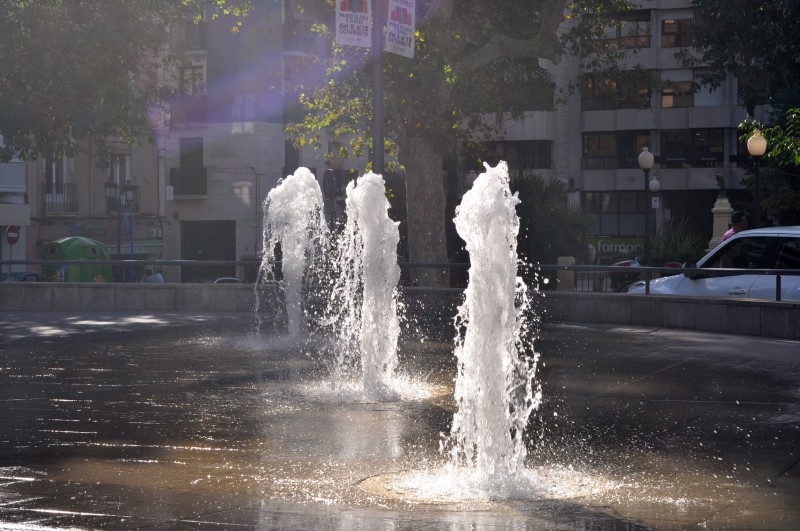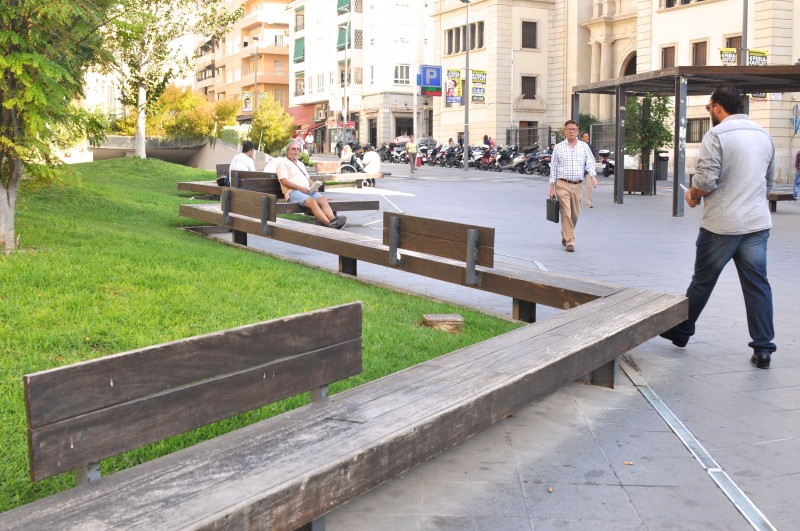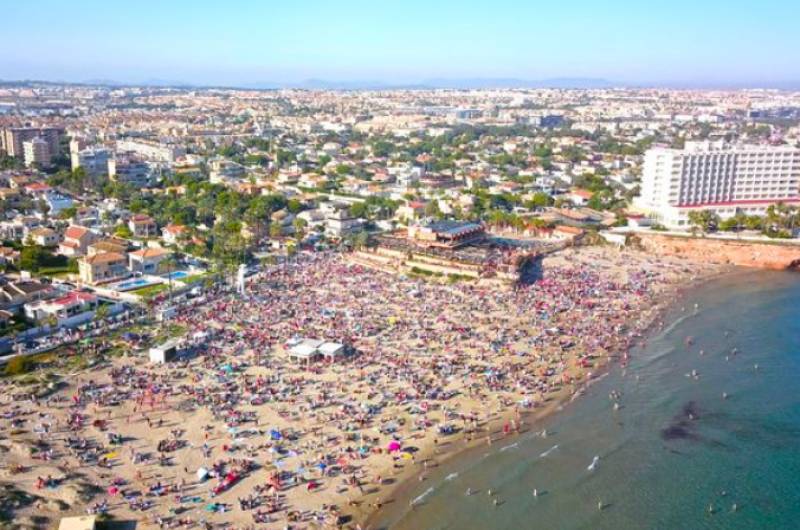

Guidelines for submitting articles to Hacienda Riquelme Golf Resort Today
Hello, and thank you for choosing Hacienda Riquelme Golf Resort.Today to publicise your organisation’s info or event.
Hacienda Riquelme Golf Resort Today is a website set up by Murcia Today specifically for residents of the urbanisation in Southwest Murcia, providing news and information on what’s happening in the local area, which is the largest English-speaking expat area in the Region of Murcia.
When submitting text to be included on Hacienda Riquelme Golf Resort Today, please abide by the following guidelines so we can upload your article as swiftly as possible:
Send an email to editor@spaintodayonline.com or contact@murciatoday.com
Attach the information in a Word Document or Google Doc
Include all relevant points, including:
Who is the organisation running the event?
Where is it happening?
When?
How much does it cost?
Is it necessary to book beforehand, or can people just show up on the day?
…but try not to exceed 300 words
Also attach a photo to illustrate your article, no more than 100kb

Plaza de la Montañeta in Alicante City
Huge jets of water shoot up from the Plaza de la Montañeta
The Plaza de la Montañeta is situated in the city centre of Alicante bordered by the roads Calle Teatro, Calle Álvarez Sereix, and Calle Ángel Lozano. The square was built during the first years of the dictatorship of general Francisco Franco and until 1978 it was named “Plaza del Caudillo”.

The plaza was renamed ‘Plaza de la Montañeta’ after the ‘Cerro de San Francisco’, commonly known as ‘La Montañeta’. This was a hill that used to exist in this area, which was approximately twenty metres high, and was the location of agricultural mills and several turrets used by troops during the Spanish War of Independence.
The hill was flattened in 1931, after the town hall decided that it was closing off the city’s residential developments from the rest of the historical centre, causing residents to take unpractical detours in order to access the city’s main central services.
The construction of the plaza initially began during the Second Republic (1931-39), but after the Spanish Civil War the work was passed on to a new architect called Félix de Azúa Gruat, who designed the square in a rectangular shape with one end left open so that it joined directly onto the nearby Plaza de Calvo Sotelo. In May of 1949 Francisco Franco inaugurated the government buildings and by 1972, an underground parking garage had been built beneath part of the plaza, diving the square into two parts, with the parking entrance at one end and water fountains at the other.

The water fountains are the main feature that draw families to the plaza, as children enjoy playing in the jets of water which shoot straight upwards 20 feet into the air periodically from staggered holes in the ground. It is also an ideal place for tourists and locals to sit and relax, as there are long zigzagged wooden benches that trail along one side of the square.
Located on the outlying edges of the plaza de la Montañeta are various Spanish Government administrative buildings including the Government Regional Deputy Delegate Office and the Ministry of Justice, as well as the parish church of Nuestra Señora de Gracia.
Traditionally every year in the weeks leading up to Christmas in Alicante the town hall’s nativity scene is put up in this plaza for the public to appreciate, as well as the huge toboggan slides that provide hours of entertainment for youngsters during this festive period.
Click here for more information about visiting the City of Alicante, including what's on and where to go: Click for the dedicated Alicante City section
































